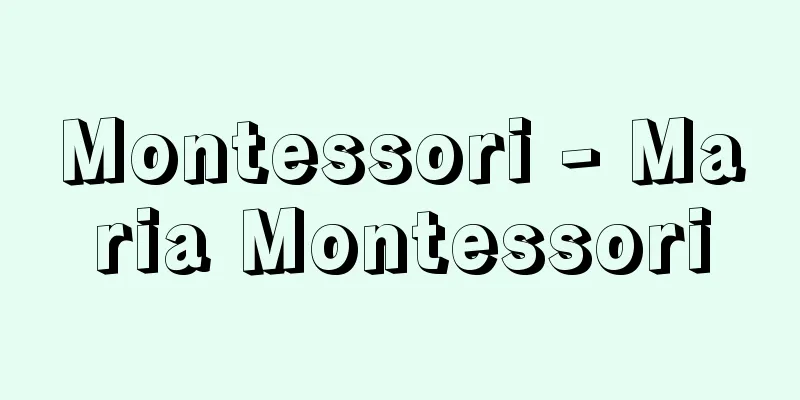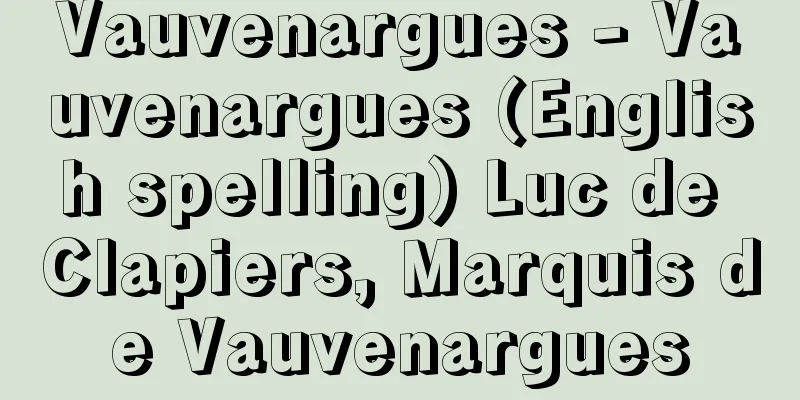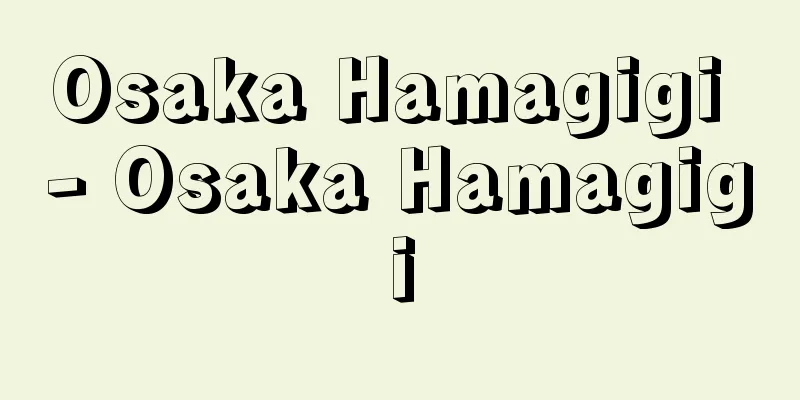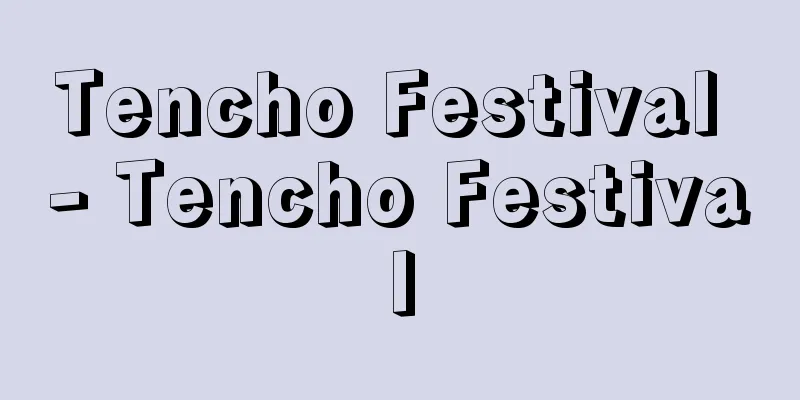Montessori - Maria Montessori

|
Italian physician and educator. Initially, she was involved in research and practice of education for intellectually disabled children, but later applied her research findings to normal children at the Casa dei Bambini, a children's house that she opened in a slum in Rome. Her educational method is commonly known as the Montessori method, and she is known for devising educational tools for sensory education. Her educational research was based on her experience as a physician, and made use of physiology, psychopathology, and experimental psychology. This gave her research methods and content a strong empirical character that had not been seen before. It is particularly important that, following the example of Bundt, she attempted to establish a "scientific" pedagogy by closely observing children in a state of purity, acting spontaneously without any hindrance. Through such observations, she discovered "sensitive periods" and "absorption mentality," and argued that if children are placed in an environment where they can act freely and without interference, the life inherent in them will develop on its own. On the other hand, she also said that children can learn autonomy and spontaneity by experiencing free activities, and that forcing them to do things deprives them of this opportunity to learn. This is not a passive educational theory that simply prepares the external environment and does not interfere with the content or direction of learning, but rather recognizes the importance of incidental learning as mentioned by Kilpatrick and seeks to actively promote it. However, her educational theory does not fully explain this point, and there is confusion and uncertainty between it and passive educational theory. [Kumiko Ikeda] "The Montessori Method" by Montessori, translated by Abe Mamiko and Shirakawa Yoko (included in "World Educational Studies Selection 77", 1974, Meiji Tosho Publishing) [References] | | |Source: Shogakukan Encyclopedia Nipponica About Encyclopedia Nipponica Information | Legend |
|
イタリアの医師、教育家。当初は知的障害児教育の研究・実践に携わっていたが、その後ローマのスラム街に開設された「子供の家」Casa dei bambiniにおいて、その研究成果を普通児に適用して教育活動を行った。その教育方法は「モンテッソリ法」と一般によばれ、とくに感覚教育のための教具を考案したことで知られる。彼女の教育研究は医師としての経験に基づき、生理学、精神病理学、実験心理学を援用して行われた。これが、研究の方法・内容に、従来にない強い実証的な性格をもたせた。とくにブントに倣って、何ものにも妨げられず自発的に活動する、いわば純粋状態の子供を子細に観察することにより、「科学的」な教育学を確立しようとした点は重要である。そうした観察によって「敏感期」「吸収精神」などを発見し、自由に活動できる干渉のない環境に置かれさえすれば、子供の内に備わっている生命が自ら発展してくるものだと主張した。 一方、子供は自由な活動を経験することによってこそ自律性、自発性を学ぶことができるのであり、強制することはこの学習の機会を奪うものだともした。これは、単に外的環境だけを整えて、学習の内容、方向づけには立ち入らない消極的教育論ではなく、キルパトリックのいう付随学習の重要性を認め、積極的にそれを進めようとしたものであろう。しかし、彼女の教育理論はこの点の解明が不徹底で、消極的教育論との未分化、混乱がみられる。 [池田久美子] 『モンテッソーリ著、阿部真美子・白川蓉子訳『モンテッソーリ・メソッド』(『世界教育学選集77』所収・1974・明治図書出版)』 [参照項目] | | |出典 小学館 日本大百科全書(ニッポニカ)日本大百科全書(ニッポニカ)について 情報 | 凡例 |
<<: Montaigne - Michel Eyquem de Montaigne
>>: Montespan (English spelling)
Recommend
Kanegafuchi - Kanegafuchi
… [Keiji Ueda] [The Legend of the Sunken Bell] Th...
Grass family - Grass family
… Of all the various cultivated plants, the earli...
Ship spirit - Funadama
This refers to a deity worshipped by sailors and ...
International Labour Organization
…the International Labor Organization is an inter...
Li Bi (English spelling)
722‐789 Chinese Tang Dynasty politician. His court...
Paulownia leaf - Kirihitoha
A play by Tsubouchi Shoyo. 7 sections, 15 scenes....
Gassho-zukuri
A form of Japanese architecture. A triangular sas...
Intracutaneous test
A reaction in which the skin reddens and wheals wh...
Agave victoriae-reginae
… [Takabayashi Masatoshi]. … *Some of the termino...
Ceratocystis fimbriata (English name) Ceratocystis fimbriata
…[Tsubaki Keisuke]. . . *Some of the terminology ...
Arioso (English spelling)
A musical term derived from the Italian recitative...
Egyptian vulture (English name: Neophron percnopterus; Egyptian vulture)
Accipitridae. A small vulture with a total length ...
Corruption - Fuhai
This is a phenomenon in which organic matter cont...
The Decisive Moment
...He also worked on film from 1935 to 1939 under...
Pastorale (English spelling)
…Symphony composed by Beethoven. This Symphony No...









